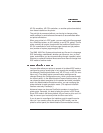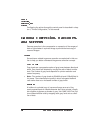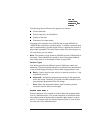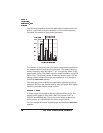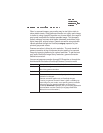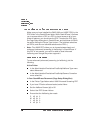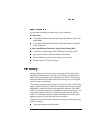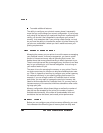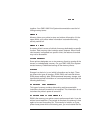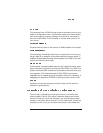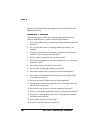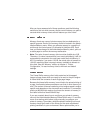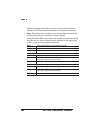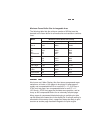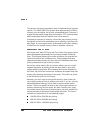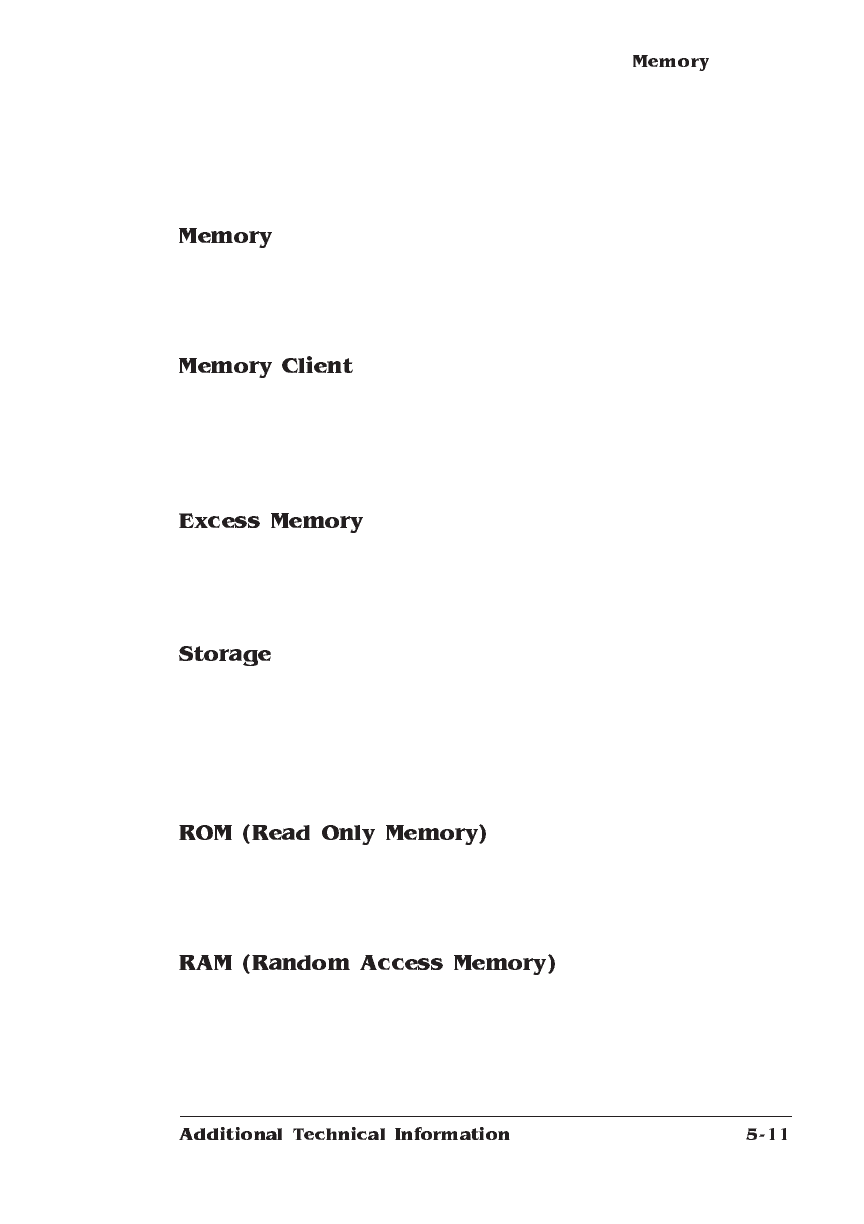
together. Your QMS 1660 Print System documentation uses the fol-
lowing memory terms:
Memory allows your printer to store and retrieve information. It’s the
space within your printer where information is stored while being
actively worked on.
A memory client is a user of a block of memory dedicated to a specific
function. Each memory client controls certain features. When insuffi-
cient memory is allocated to a specific client, the features it controls
may not be accessible.
Some printers designate one or two memory clients to receive all the
excess, or undesignated, memory. On your QMS 1660 Print System
excess memory is distributed among all the memory clients.
Storage is a device in (or on) which information can be kept. There
are three main types of storage—ROM, RAM, and hard disk drives.
ROM stores read-only data, RAM represents temporary storage, and
hard disk drives hold information on a more permanent basis (see the
following definitions).
This type of memory contains data and/or machine-executable
instructions that can be read but not modified. This information is not
lost when the printer’s power is turned off.
RAM is the memory your printer uses to perform each task. It can be
written to and read from. Once a task is complete, the memory is free
again to be used for another file. This memory is volatile, so if your
printer loses power while a file is being sent, you must resend the file.



